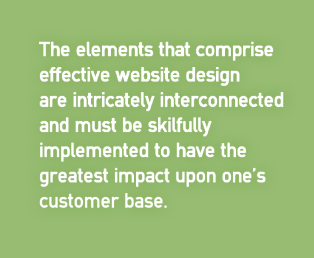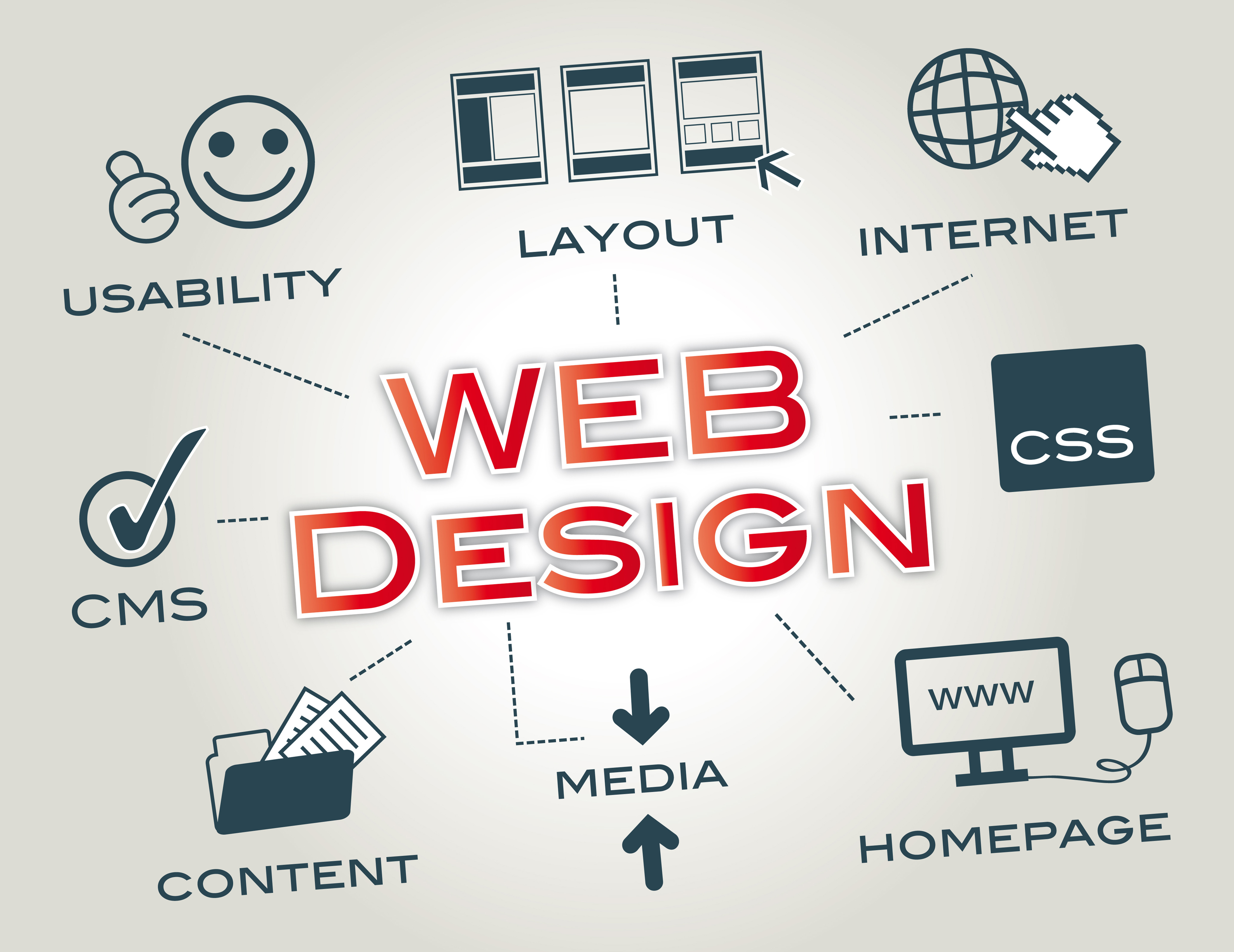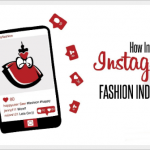The importance of web design to branding, Search Engine Ranking and SEO cannot be underestimated but is easy to incorporate given the right kind of pre-planning.
The elements that comprise effective website design are intricately interconnected and must be skilfully implemented to have the greatest impact upon one’s customer base. Outstanding websites incorporate key facets that include branding, search engine optimisation, customer loyalty and high conversion rates.
 These elements cannot be considered in isolation as each is foundational to a successful web presence that converts into increased visibility, ranking and sales.
These elements cannot be considered in isolation as each is foundational to a successful web presence that converts into increased visibility, ranking and sales.
Creating a potent identity through branding helps customers appreciate a business’ style and value. A business should be easily identified; and offering well-targeted goods and services attracts and retains customers and leads to brand loyalty and increased sales.
The benefits of any service or product should be clear and unambiguous while creating a sense of urgency within the customer to make a purchase.
- Brand Elements
Website branding typically includes specific fonts and typefaces, a familiar palette of colours and a uniform look that is carried over to all communication mediums including apps, email headers, physical letterheads and business cards. In fact, every element of the businesses presence should be tied into a repeated theme that is instantly recognisable.
Successful branding campaigns help audiences easily identify the businesses by their unique style, look and feel that is different to that of the competition. Taglines, catch phrases and a distinctive logo are also important.
- Simplicity and Ease of Use
One of the mainstays of well-designed websites is the attention given to the user experience. Confusing, cluttered and overly complicated sites do a great disservice to their visitors, who are likely to vote with their clicks by leaving as quickly as possible and searching elsewhere. The speed at which people leave a site is referred to as the ‘bounce rate’ and studies show that visitors will exit in as little as 10 seconds if they are unable to easily find the information they require.
It is the task of a web design company in Manchester to make sure a website is not only visually appealing, but also simple to use and constructed in an intuitive and straight forward manner.
- Annoying Elements
Other elements that contribute to fast bounce rates are annoying pop-ups such as advertisements, promotions or email sign up prompts. Before asking anything of your visitors, it is crucial to provide value by helping them get what they need quickly and effortlessly.
Many websites barely give their visitors time to browse around before filling the screen with free ‘offers’, which is generally a transparent attempt to gather email addresses for mailing lists. While this kind of call to action can yield positive results, timing is everything.
Visitors are often scared off by intrusive requests for personal details. An opportunity for uninterrupted browsing without demands is a welcome relief that will help a site’s bounce rate dramatically decrease.
- Unique Content and SEO
Google and other search engines reward sites that host relevant, useful and unique content by ranking them higher in their search results. In the past, so-called SEO experts would stuff repetitive keywords into meta-tags and copy and paste substandard content from other web pages. Google increasingly frowns upon these practices and penalises such sites by making them extremely difficult to rank.
The takeaway message here is for web designers to make it easy to continually add unique content. Using descriptive titles and brief summaries of content that show up in search results will naturally increase organic traffic to one’s website.
Including these design elements will help any website tick all the right boxes and be seen favourably by customers and search engines alike.
Main image credit: tubetorial.com



